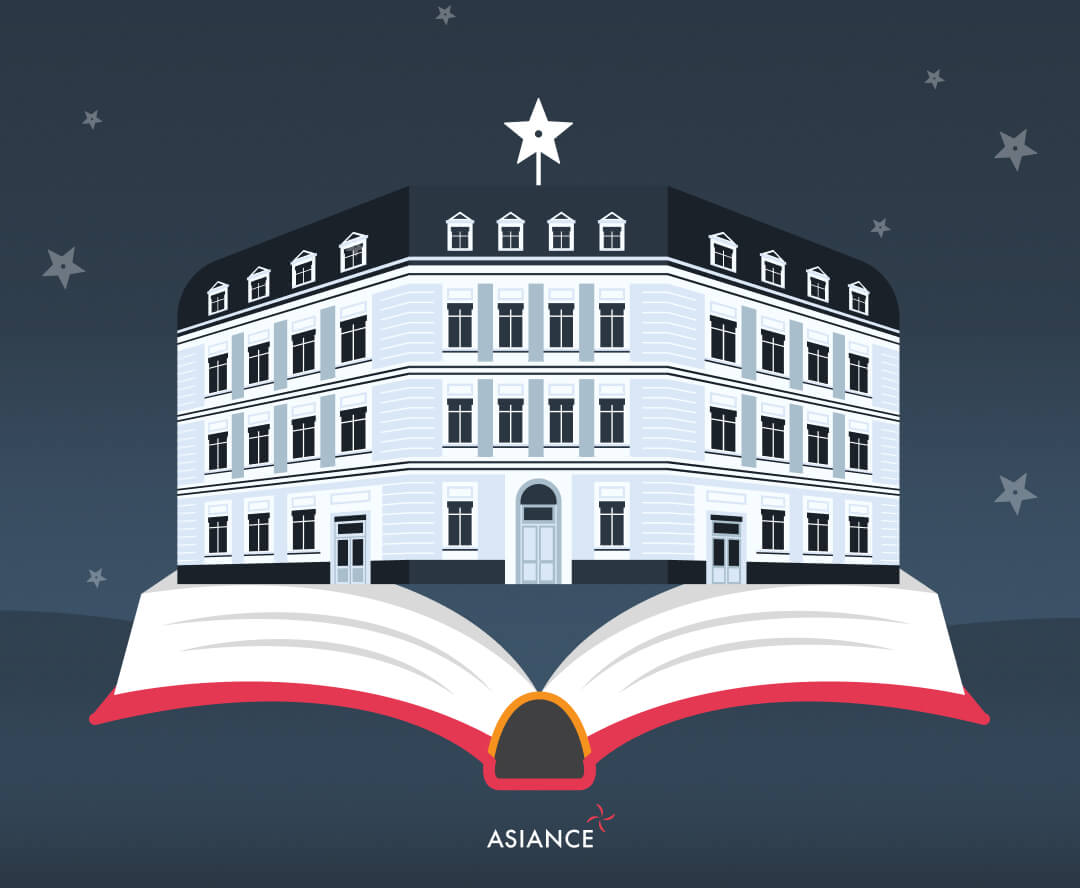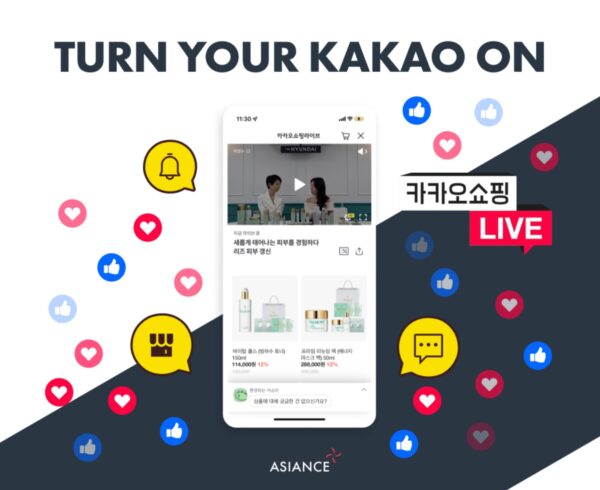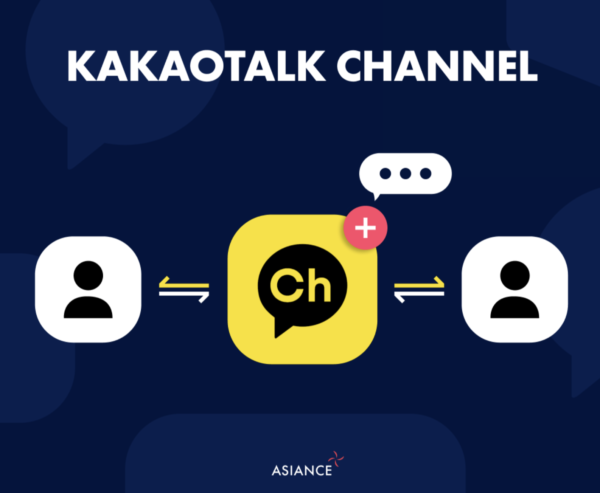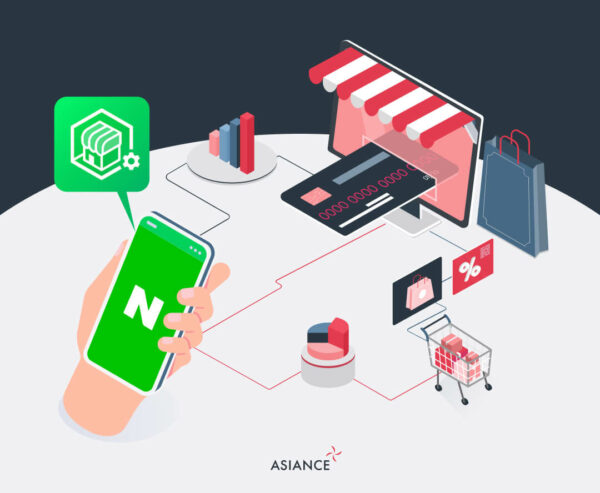In our last post, we have gone over how the MZ generation has become the new target for luxury brands within Korea. In this posting we will go into the reasons behind why pop-up stores are recently being spotlighted as an efficient marketing tool for many brands. In line with the digital transformation era, utilizing online space such as online boutiques, brand SNS channels and VR spaces like Zepeto has become even more essential. However, despite the rise of digital, the needs of offline space have also been highlighted, especially from luxury consumers. Today we will explore the functions and benefits that only ‘pop-up stores’ can offer. While in the past, customers visited offline stores for the mere purpose of purchasing a product, nowadays experiencing and understanding the brand’s philosophy has become an essential stage of the new customer journey. Noticing this trend, various kinds of brands from high-end luxury brands to small start-up brands have started investing and opening pop-up stores. Let’s dive deeper into how pop-up stores can effectively be a part of a brand’s omnichannel strategy to capture potential clients and even drive more sales.
Why are Pop-up Stores Spotlighted? I: Utilizing the Temporary
Asiance’s Digital Strategy & Innovation Team visited Dior Seongsu, one of the trendiest pop-up stores for this season. Even though we visited the offline boutique at a less crowded time during the afternoon, the alley where the pop-up was located was crowded with visitors taking photos in front of the building. The crowd was proof of how popular Dior’s pop-up event was despite the fact that they selected a comparatively less popular region, Seongsu-dong. Then what would have driven Dior to decide Seongsu-dong as the pop-up store’s location? When thinking of high-end luxury brands in Korea, relevant districts that come to mind are Cheongdam and Apgujeong, all of which are located in Gangnam district. However, with the MZ generation as their main target audience, Dior took into consideration trendy locations for this generation. The reason Dior was able to make this bolder decision was due to the pop-up stores’ nature of being open only temporarily. The limited time reduces the possibility of financial risk and promotes the brand more effectively than ordinary offline boutique stores. Brands usually open pop-up stores when they launch new products or collections. They capture the attention of potential customers by utilizing a pop-store’s’ temporariness and novelty. The limited time given to experience a brand’s new concept especially excites the MZ generation who likes following the trends. For instance in the case of Dior Seongsu, Gucci Gaok and the Gucci X Adidas collaboration, the key element underlying these pop-up stores was that they were conducted in an unconventional region, with a new concept or collaborated with an unexpected brand. Dior considered the regional characteristics of the MZ generation the most significant factor, and chose Seongsu as the most popular region that could attract these potential customers. In other words, ‘limited time’ allows brands to try out new concepts, reducing the possibility of financial risk and increasing traction of client interest.
Why are Pop-up Stores Spotlighted? II: Value of Experiencing the Brand
The second reason why brands are investing in pop-up stores is because of the unique experience that only offline pop-up stores can offer and also the seamless connection to online spaces. After COVID-19, as digital transformation accelerated, payment and purchasing products through online has become a part of our daily lives. However, especially for luxury consumers, it has been found that the need for offline space has actually increased. Department stores and offline boutiques focus on experiencing the brand’s ‘products’, whereas pop-up stores emphasize experiencing the ‘brand itself.’ As people nowadays put more value on the brand’s image and philosophy, the entire customer journey of experiencing the brand until the purchase stage has become even more important. In the case of pop-up stores, it further provides an opportunity to experience and feel the brand directly in a novel atmosphere, getting the opportunity to understand the brand’s message and heritage. Furthermore, for the MZ generation who values SNS activities, the visit to these offline pop-up stores becomes content on their personal accounts, leading to natural exposure of the pop-up store. For instance, given that more than 9000 feeds can be searched on Instagram when searching #Diorseongsu, the specialty that a pop-up store induces the MZs to value the visit to the pop-up store and share it with others. In the case of Seongsu Dior, the whole customer experience including a pre-booking service by installing an in-house app on an individual’s mobile phone naturally guides the visitors to experience the brand both through online and offline. Until the offline visit to the Dior pop-up store, people would download Dior’s app and get notices through KakaoTalk from Dior’s official Kakao channel. This naturally creates a journey through omnichannel strategies that create a richer and more fulfilling experience with no boundary between online and offline.
By going more in-depth into Dior Seongsu as a representative example of a brand’s pop-up store, we learned about why brands are more heavily spotlighting pop-up stores nowadays. The ‘temporary open period’ of the pop-up store relieves possible financial risks of taking on new challenges from a brand’s point of view and also attracts more potential customers. The offline space becomes a special concept space where customers can experience the value and philosophy of the brand directly, which especially grasps the MZ generation. It is also clear that online purchase has increased since the outbreak of COVID-19, however this does not mean that the value that offline space gives to people has decreased.
Are you interested in Asiance’s insights?













